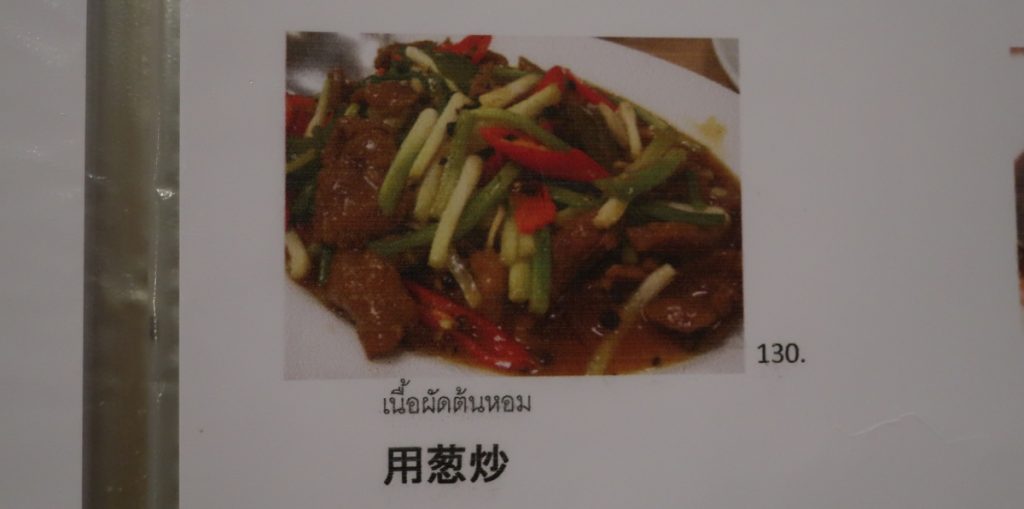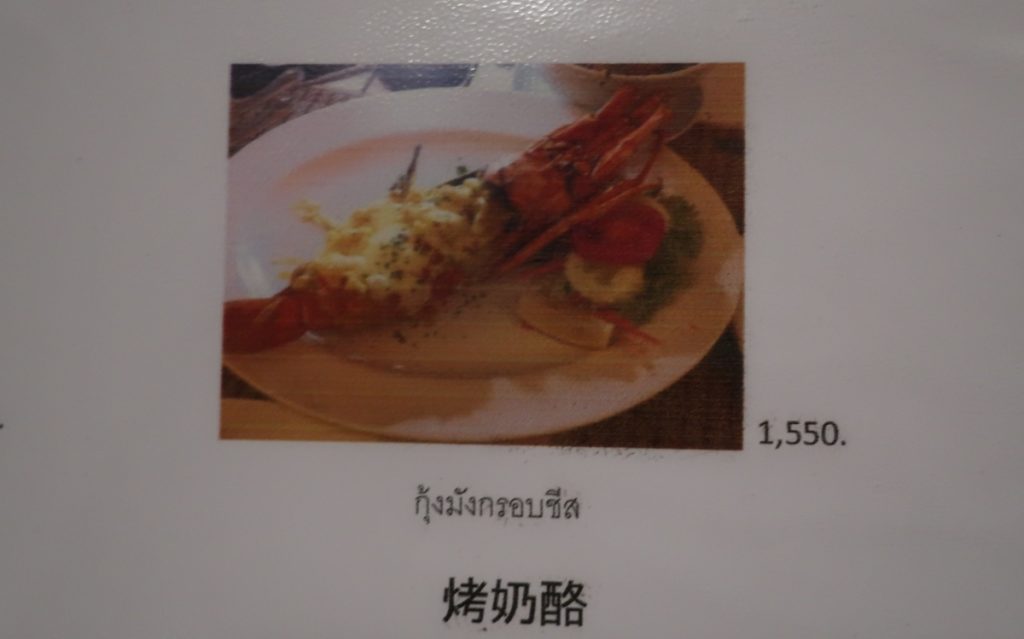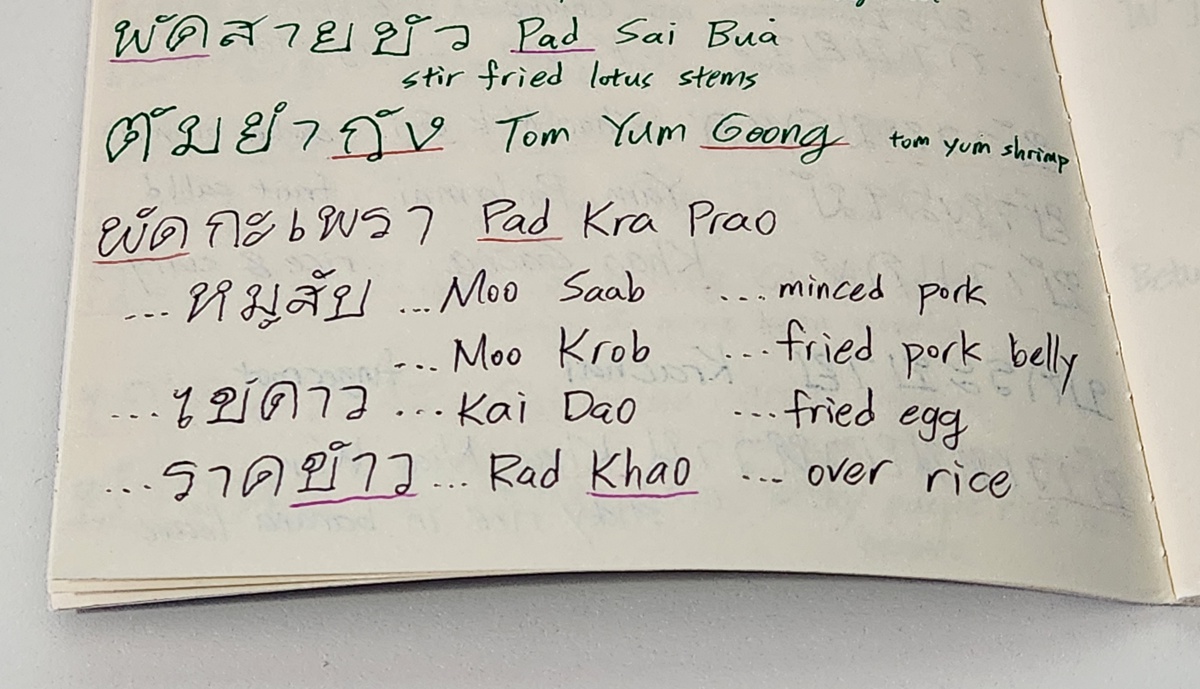I was so excited about this trip, that I decided to learn some Thai.
The Initiative
Since I started traveling, one of my favorite things about being in a foreign place was precisely not knowing the local language. I fondly remember our honeymoon in Japan, where conversations of the masses were just white noise to us, and we spoke freely without worrying about anyone eavesdropping. Despite constantly being surrounded by millions, there was a sense of privacy. While the thought provokes stress for some, the inability of verbally communicate is one of my favorite features.
The caveat to the above, of course, is the understanding that we could almost always get by with English supplemented with physical gestures. I don’t know how many native English speakers appreciate the extent the former British Empire enabled the modern-day wanderlust, but we waltz into far-flung countries like China and Japan and demand everyone to know a few of the words that we use. Nobody else in the world (French, Vietnamese, Russian) can do the same.
Then we traveled to Spain last year, where Hong had some exchanges with locals. She didn’t speak that much Spanish, but even the minimal conversations seemed to elevate the experience. As she pointed out a few times, “people appreciate it when you try to speak their language.”
That got me thinking. Since I love Thailand, maybe I should show people there some respect by learning a bit of their language.
The Lessons
I had some ambitious ideas about how I could do a multi-modal approach to learn Thai, but the reality was that I didn’t have much time to go through formal lessons. Even with 5-minute YouTube videos, it wasn’t easy to sit in front of a computer screen and take notes very often.
So I downloaded a few dozen of those videos, turned their audio tracks into mp3s, and put them on my phone. When I lifted weights at the gym or jogged in the neighborhood, I’d put them on. From time to time I could concentrate and attempt to follow along, otherwise I just hoped that repeatedly hearing the same thing will help me retain some of it. This way, I could squeeze my workout and language lesson into the same part of day, training my body and mind simultaneously.
The podcast-styled learning was intended to be supplemental, but I never managed to sign up for lessons or spend much time in front of instructional videos. Combining that with my natural inability to pick up a new language, my learning was pretty limited.
That said, the advantage of topic-oriented lessons on YouTube over formal classes was the ability to skip useless phrases like “donde esta la biblioteca” (where is the library?) and jump straight to the more practical stuff like “ao teh yen nueng gaew yai” (I’d like a large cup of iced tea). Thus at the end of the day, I felt having more functional knowledge in Thai than in Spanish. As of the trip, I could manage:
- Elementary phrases like “where is the bathroom?” (which came in handy on the first day)
- A bunch of food names, since we travel mostly for food
- Some numbers. In theory I could count from 1 to 999
Although I spent hours copying down names and words and phrases in writing and became quite good at faking my Thai scripts, I gained zero ability to read anything. The hope was to at least read some restaurant menus, but all I recognized was “chicken”. With the Google Translate app on my phone, that ability wouldn’t have made a difference anyway… but still, a shame. I need to work on some basic comprehension one day.
My Takeaways
- As should be expected for an Asian language, Thai has more in common with Chinese than with English. As the English-speaking instructors explained certain “totally weird” grammatical rules, they seemed familiar
- Consonants in the language don’t map that well to the English alphabet and are often faint. A lot of H in the Romanticized spelling are actually silent, where as P and B or R and L can be interchangeable
- Names of dishes often describe the preparation and condiment, and exclude the main ingredient. Like I’ve always thought “pad see ew” referred to a particular thick rice noodles, but it actually just means “fried with soy sauce”. I used to make fun of what I thought was nonsensical translations of menu items, but with this newfound knowledge I realize they might actually be quite precise



Was Is Useful?
No, most absolutely not.
I’d have to study a LOT harder to speak Thai in a functional manner. While I knew some words, just about everyone we came across (including fruit-vending grandmas at the market) knew more English and/or Chinese words than I knew Thai. A couple of them might even speak better Chinese than I do. Baristas everywhere were so fluent in English that I did not dare to practice my coffee-ordering phrase (one of the very few things I retained!!!). When I heard a price in Thai and delight over my opportunity, the vendor tended to say it again in English before I could translate the number in my head. Besides, pointing, nodding, and hand gestures still did wonders.
Thus the best of my attempts at speaking Thai proved to be little more than entertainment to my audience… at least some of them seemed amused by my struggle. But being useful was never the point. I was there to show respect to the people of the host country by making some (albeit probably insufficient) effort to communicate in their language. Like what Hong said about her experiences in Spain, I believe people generally liked me trying.
Beyond that, knowing the language enriched my understanding of their culture and people. Being able to pick up even just a tiny bit of what people said made me feel less foreign, and it was great being able to learn additional words from the locals (how to say “one bowl” from a khao soi lady, “goat” from another khao soi lady, and “water spinach” from a stir-fry lady). Instead of just passively observing the destination through taking photos, I was now able to interact with it a bit.
Southeast Asia 2023 – Index
- Kicking Off 15 Intensely Fun Days in Thailand and Singapore
- Attempting the Thai Language
- Modes of Transportation
- Bangkok: Grand Hyatt Erawan
- Bangkok: Itinerary 1
- Bangkok: Itinerary 2
- Bangkok: Malls
- Overnight Train to Chiang Mai
- Chiang Mai: Itinerary
- Chiang Mai: Elephants!!!
- Chiang Rai: Itinerary
- Wats in Thailand
- Notable Eats in Thailand
- Singapore: Itinerary
- Singapore: Deja Vu
- Singapore: Changi Airport & Flight Home
- Notable Eats in Singapore

SEA 2023 (13/17) – Notable Eats in Thailand – Peter's Blog
August 20, 2023 at 3:21 am[…] Attempting the Thai Language […]
SEA 2023 (12/17) – Wats in Thailand – Peter's Blog
August 20, 2023 at 3:22 am[…] Attempting the Thai Language […]
SEA 2023 (9/17) – Chiang Mai: Itinerary – Peter's Blog
August 20, 2023 at 3:23 am[…] Attempting the Thai Language […]
SEA 2023 (8/17) – Overnight Train to Chiang Mai – Peter's Blog
August 20, 2023 at 3:24 am[…] Attempting the Thai Language […]
SEA 2023 (4/17) – Bangkok: Grand Hyatt Erawan – Peter's Blog
August 20, 2023 at 3:25 am[…] Attempting the Thai Language […]
SEA 2023 (3/17) – Modes of Transportation – Peter's Blog
August 20, 2023 at 3:26 am[…] Attempting the Thai Language […]
SEA 2023 (14/17) – Singapore: Itinerary – Peter's Blog
August 21, 2023 at 2:39 am[…] Attempting the Thai Language […]
SEA 2023 (15/17) – Singapore: Deja Vu – Peter's Blog
August 21, 2023 at 11:48 pm[…] Attempting the Thai Language […]
SEA 2023 (16/17) – Singapore: Changi Airport & Flight Home – Peter's Blog
August 22, 2023 at 12:01 am[…] Attempting the Thai Language […]
SEA 2023 (17/17) – Notable Eats in Singapore – Peter's Blog
August 22, 2023 at 1:01 am[…] Attempting the Thai Language […]